In the past rare stamps were mostly the purview of kings, nobles and bankers. King George V of England, Count Ferrary of France , King Farouk of Egypt and King Carol II of Romania were early pioneers of philately; and later on successful business people entered the fray. Maurice Burrus, Alfred Caspari, John Boker Jr. and Warren Buffet, to name a few, did not look at the stamps they purchased as a mere collectible, that was nice to look at, but as an asset, that had the potential to increase in value over time. Now investment companies are also getting into the game. What chances might the race for the next high potential in rare stamps deliver for true collectors?
British stamp dealer Stanley Gibbons purchased the one of a kind 1 C British Guiana magenta for the 8.3 million U.S. Dollars and is now offering fractial ownership of the stamp to philatelists and investors worldwide, which could be the advent of a new investor class. But more on that later.
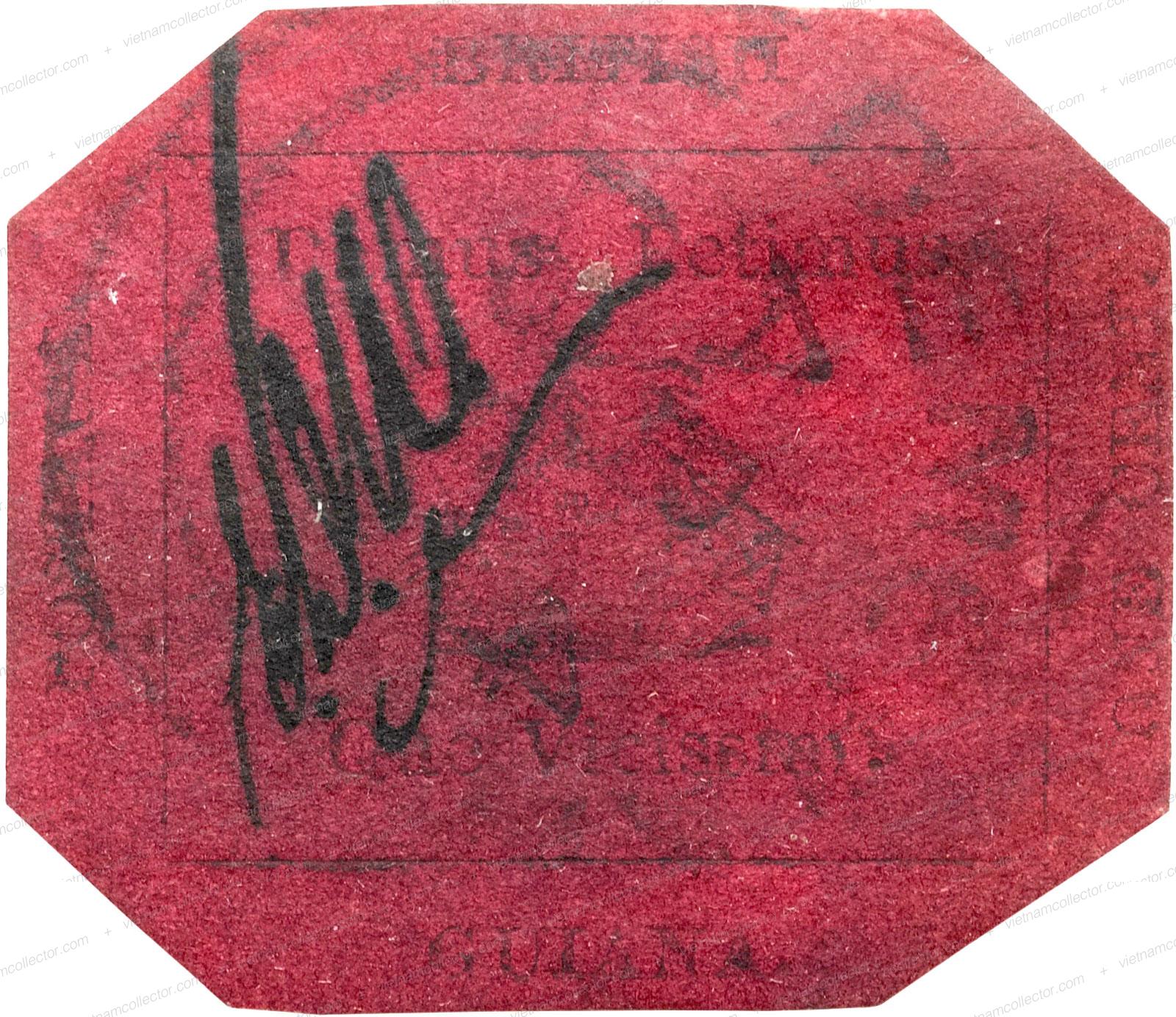
The fabled 1 C British Guiana magenta stamp (refer to wikipedia.com)
Super rare stamps are mostly a classical affair with most rare and valuable stamps having been printed and discovered already in the second half of the 19th and early part of the 20th century. Information flow was much slower in those times than it is today, so even very rare stamps, such as the fabled Red and Blue Mauritius stamps, that were printed in 1847 and of which only 12 specimens of the Blue Mauritius and 15 of the Red Mauritius stamps still exist, were not discovered for years.
Rare stamps – the Stories behind
A letter with a single copy of the Red Mauritius was sold in the summer of 2021 by the auction house Gärtner in Germany for 8 million Euros plus commission. It took until 1864 for the Mauritius stamps to be noticed by the wife of a French merchant. Of course, the stories of these discoveries reverberated in the general population and helped to push philately into the mindset of generations and instilled a kind of egalitarian treasure hunt in which everyone was free to participate.
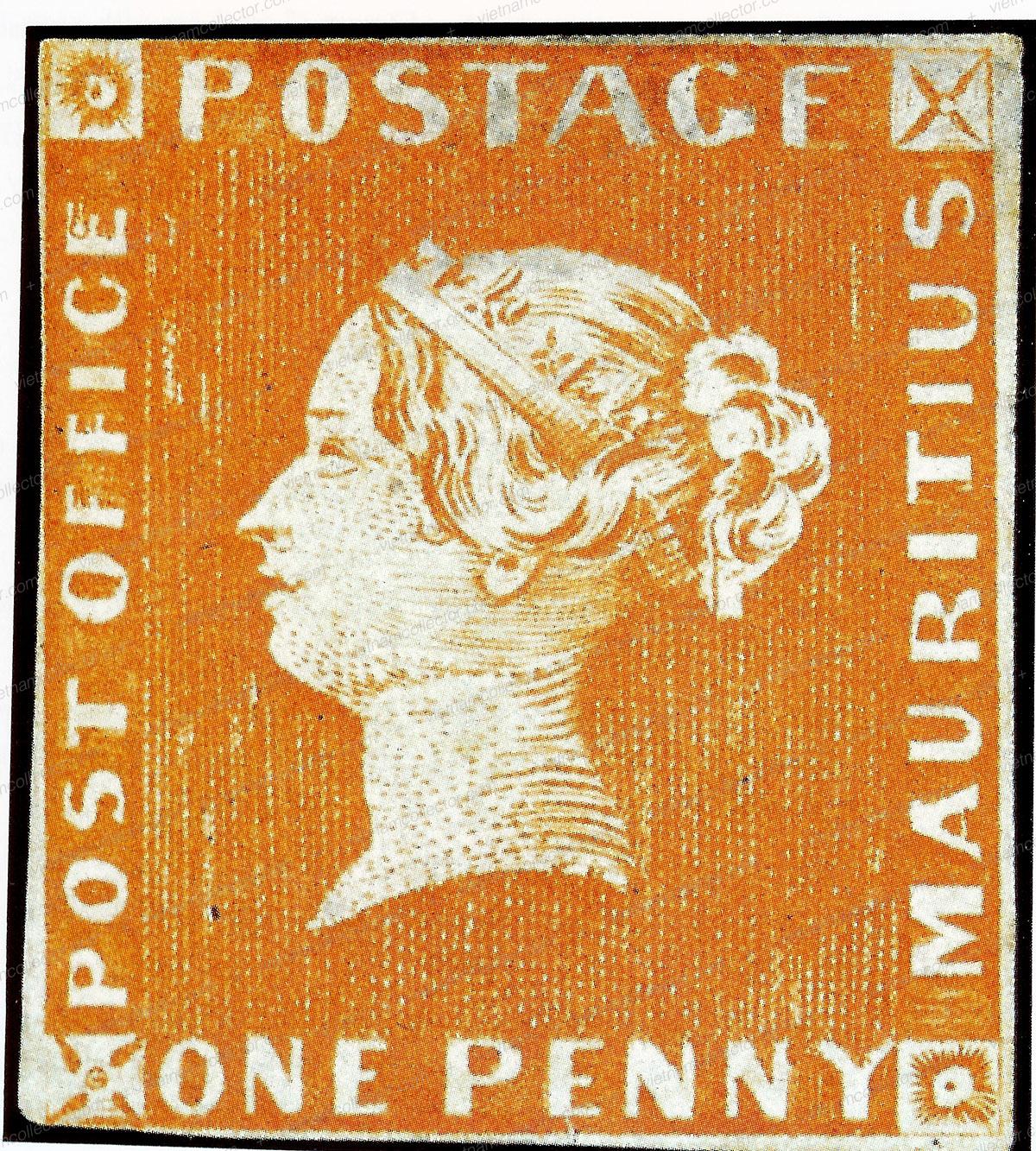
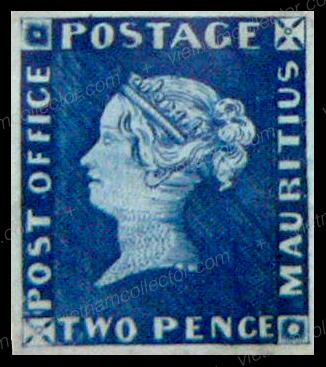
The Red and Blue Mauritius Post Office stamps (wikipedia.com)
So, one would assume that new discoveries of super rare stamps are a thing of the past as most stamps produced today are issued in such large numbers that they will never be rare and hence expensive. Alas, that is not the case. Just in 2015 a stamp that rivals the fabled 1C British Guiana in that there is only one known copy to exist, was introduced to philatelic circles. In this case the discovery pertains to Asia; specifically to Vietnam.
After World War II, Ho Chi Minh led the Viet Minh, a guerilla army, in a war against the French. The French had temporarily lost control of the former colony of Indochina to the Japanese but with the Japanese surrender in August of 1945, the French were trying to reassert their dominance by re-occupying the country.
For a while, both parties tolerated each other, but this temporary truce came to an end on December 19th, 1946 when open hostilities broke out between them. This forced the Viet Minh, which had temporarily taken over the administration of the country from the Japanese, into the underground. The Viet Minh controlled mostly areas in the countryside, while the French held the large cities, key industries and the transportation infrastructure.
Nevertheless, the Viet Minh managed to create their own Government, army and currency, and even maintained their own postal system. The latter was no easy feat. Given that the Viet Minh controlled mostly rural and mountainous territory that, in some cases was not contiguous, securely delivering messages over enemy lines was a dangerous profession conducted mostly on foot and on paths away from the main roads. Mail was carried by people in civilian clothes and hidden on their body by wrapping plastic or leather pouches around it.
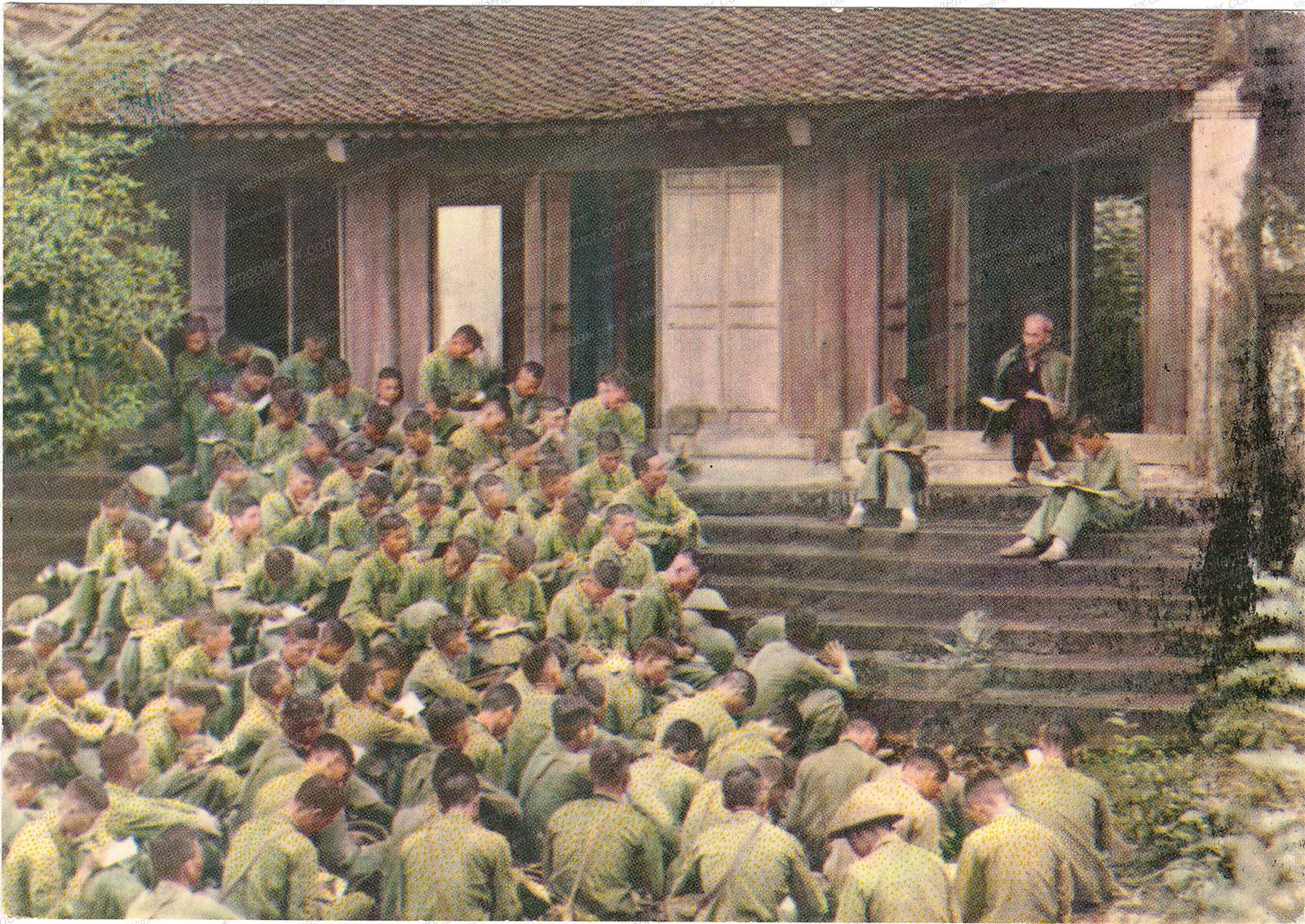
Ho Chi Minh gives a lecture to Viet Minh troops in 1954 (Vh postcards)
Sympathizers and supporters of the Viet Minh faced strong repercussions by manner of imprisonment and sometimes even summary execution. Under the French, any sign that someone was connected to the guerilla group was immediately hidden or destroyed as a result. In this atmosphere the Viet Minh printed some crude imperforate stamps in the archaic book-print method that showed the effigy of Ho Chi Minh in rather small quantities. How many, no one knows, but what we do know, is that today less than 200 of these stamps remain overall (see also here).
This scarcity was a function of the fact that messages were required to be destroyed immediately upon reading due to the aforementioned severe personal sanctions. The very humid climate of Vietnam, in which paper can disintegrate within months, the decade long wars, and a chronic shortage in raw materials that led to the recycling of many products, including paper, did not help to preserve additional specimens.
Because the Viet Minh currency was not backed by solid assets such as gold or productive financial assets inflation was rampant. Postal rates increased every few months, which required the printing of stamps with higher nominals. Because paper and ink was scarce, sometimes previous stamps were simply overprinted with new nominals to make them useful again.
The 50 Dong on 15 Dong Ho Chi Minh underground stamp – a new star on the horizon of philately and investors?
One particular stamp, an uprated 15 Dong (50 Dong on 15 Dong) stamp in light-brown color that was overprinted with a new 50 Dong value has so far only been found once. That puts it on par with the 1C British Guiana. So far, it has not been offered for sale by its owner, but given that economical and with that, political power, is rapidly shifting to Asia, one would expect that once it does come to market, the interest in this stamp will be great worldwide.

Not pretty, but one of a kind; the 50 Dong on 15 Dong Ho Chi Minh underground stamp
Russian and Chinese philately has, for quite a while, shown the way; not only by the newly minted billionaire class, but also by an emerging wealthy middle-class that is interested in re-patriating its cultural heritage. This new demand backed by financial wherewithal has resulted in a very significant increase in valuation of rare Russian and Chinese stamps in the past 20 years.
Therefore, it is not unreasonable to assume that the same will be true for an emerging Vietnamese middle and upper class. Rising wages in China and free trade status have placed Vietnam and its 100 million inhabitants in the favorable position to imitate the Chinese economic success without penalties of customs duty and the dissonance caused by an assertive nationalistic Chinese “Wolf-Warrior” class.
Other trends are making very rare stamps an interesting investment choice as well. With the Federal Reserve and European Community Banks applying zero or even negative interest rate policies, financial markets have seen a remarkable inflation in asset prices. This has mostly showed up in stock and real estate markets around the world and also in prices paid for other asset classes such as stamps, coins, artwork and classic automobiles. While Government sponsored currencies are remarkably fungible, these asset classes cannot simply be multiplied by fiat; and, hence, are seen as a secure store of value in a world with unclear inflation trends
Small sized assets like rare stamps – the new stroke of genius?
Some of the smaller sized assets are also pretty convenient to store and transport. At a time when banks around the globe charge customers 0.5% interest penalty for holding their cash Euros, the apparent solution to store one’s cash privately in a bank vault, has become surprisingly expensive. Some Governments have withdrawn larger banknotes in order to combat money-laundering and storing cash in 100 Euro notes has become a rather bulky affair.
Super rare stamps and coins on the other hand, have the advantage that these items are of limited physical size and thus allowing investors to store value in a very concentrated form at low cost. They can also be transported around the globe with ease and often, being not very identifiable, they are less prone to theft, as is the case, with well-known paintings by famous artists.
Fractional ownership that has recently become popular in stocks worldwide also offers an interesting upside to the super rare stamps asset class. While in the past only very wealthy people could afford to spend millions in Euros or Dollars to buy these stamps, fractional ownership allows even small time investors to now participate in the financial development of these assets. The 1 C British Guiana magenta certainly will not be the last super rare stamp that is acquired by an investment fund and that changes the game.
In the past, pricing of these assets was determined by a very small number of individuals with significant means and often inflated egos who wanted to show the world that “they had arrived”. This means very limited supply met with very limited demand. In the future, prices for these items will be determined by a broader class of micro investors which will significantly change the equation. Very limited supply will be met with much larger demand which should mean increased and more robust prices.
Registration Nr. 109000

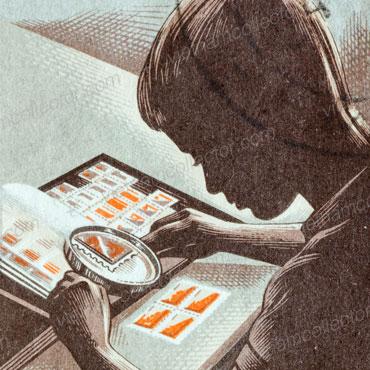
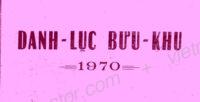

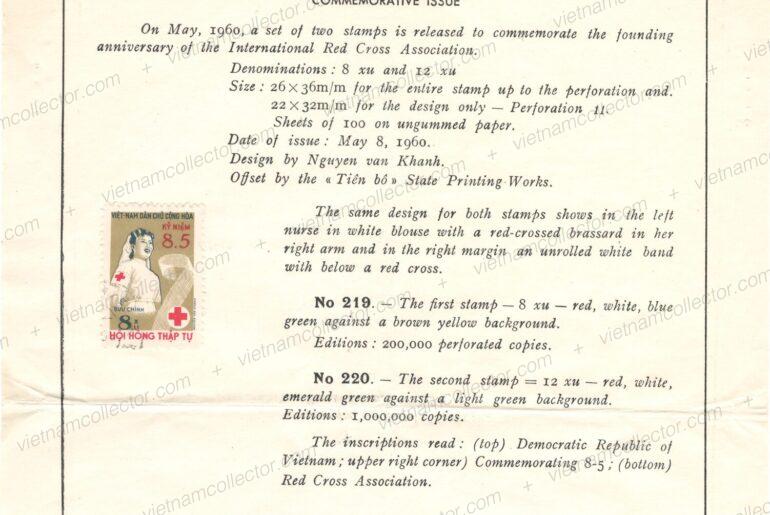
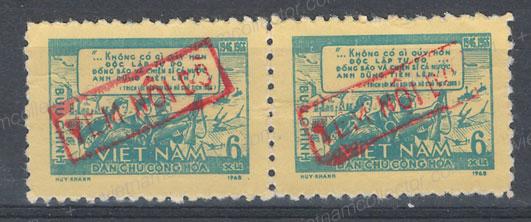
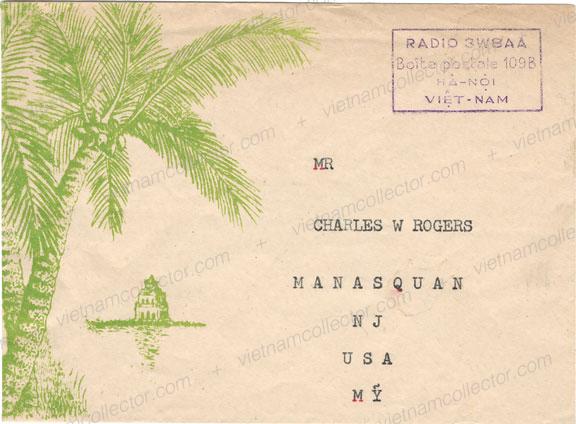
Comments are closed.